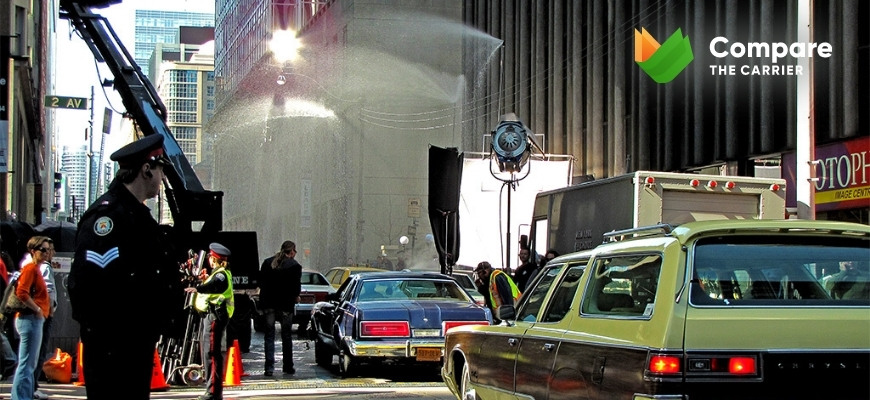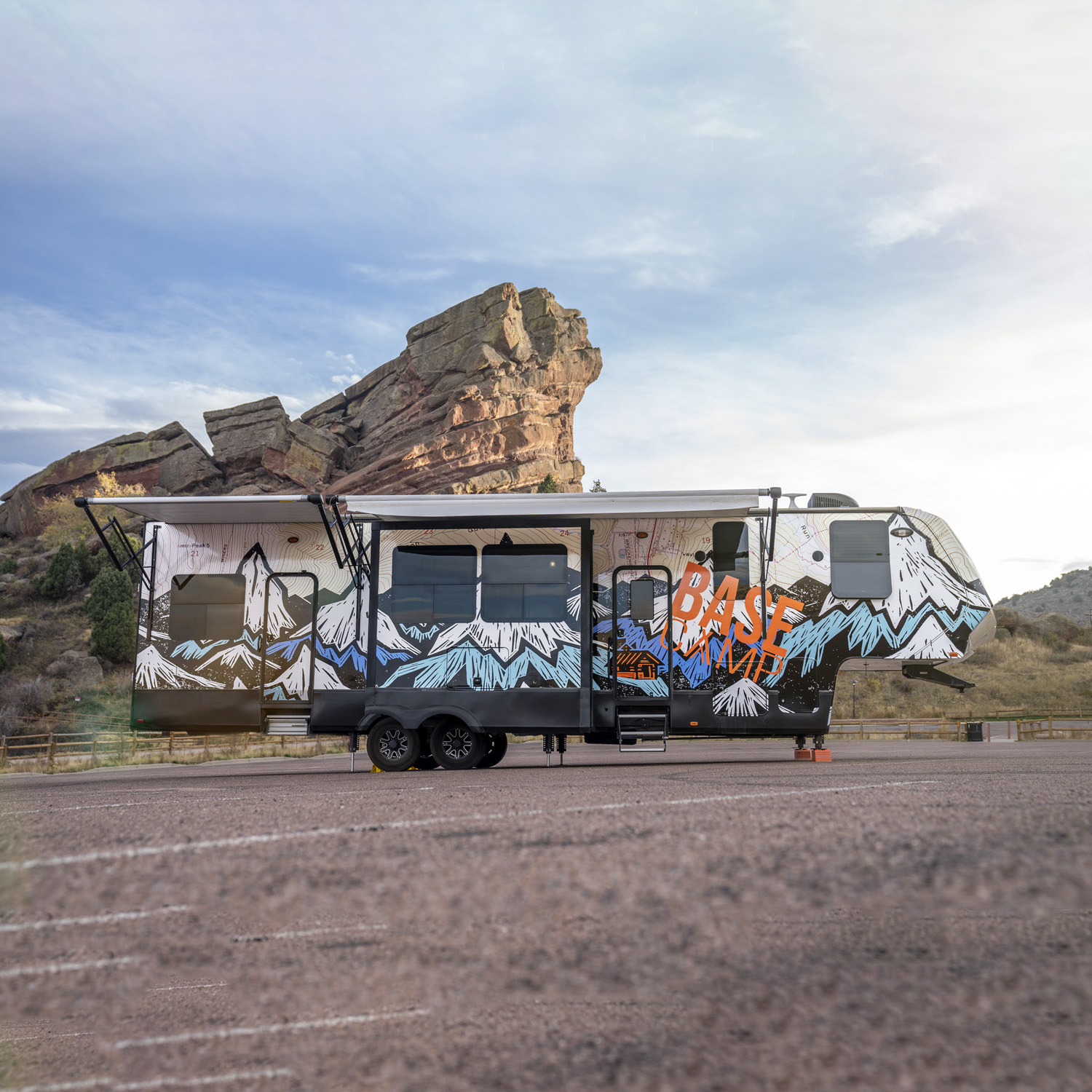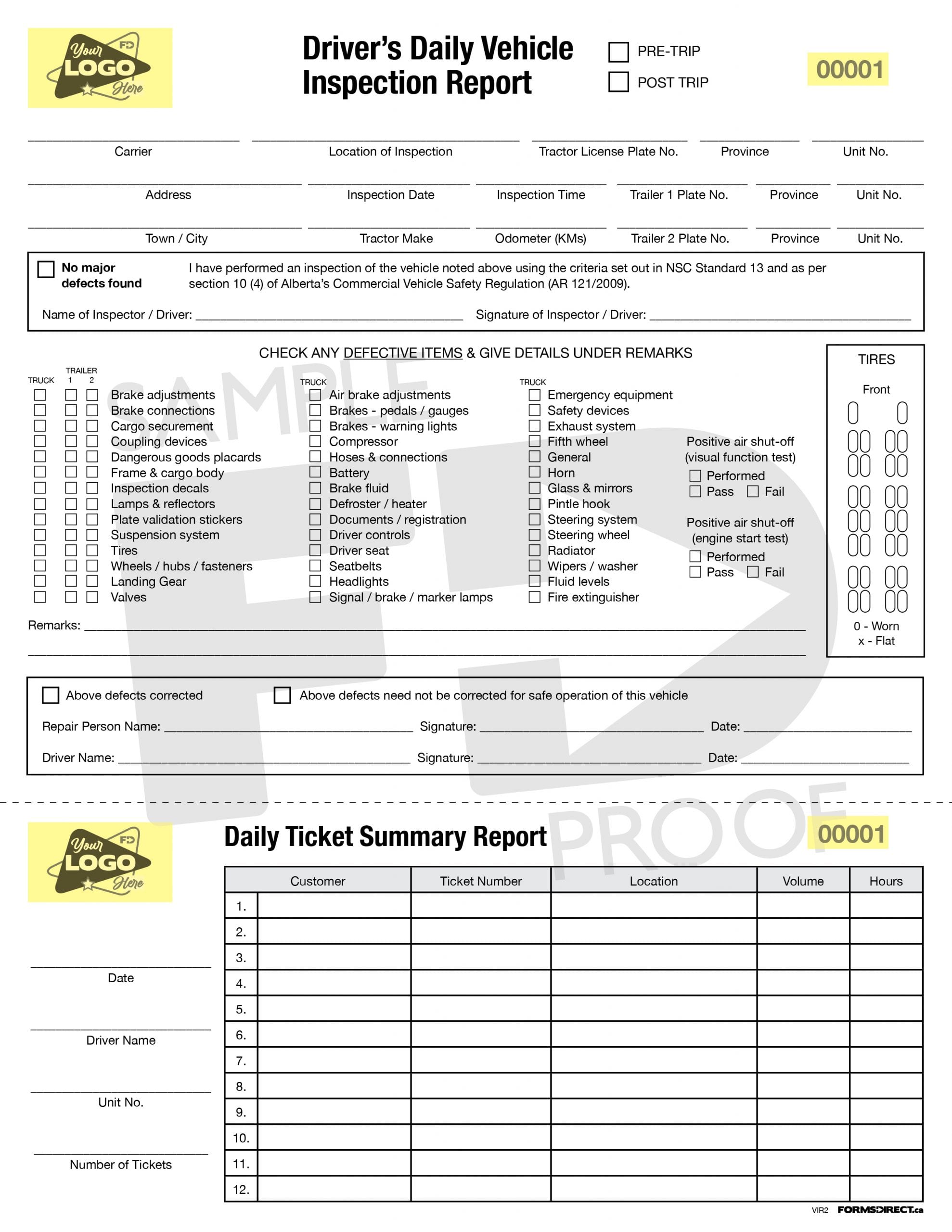What Does a Production Driver Do?
Production Drivers, also known as Unit Drivers, are specialized transportation professionals who handle the complex logistics of moving people and equipment on film sets. They're not just "van drivers" – they're key logistical pillars who help connect every piece of the production puzzle reliably and safely.
Key Responsibilities:
- Transporting cast and crew between locations
- Moving equipment trucks and gear
- Assisting with location moves and base camp setup
- Maintaining and inspecting vehicles for safety
- Coordinating with production schedules and call times


_(1).jpg)




